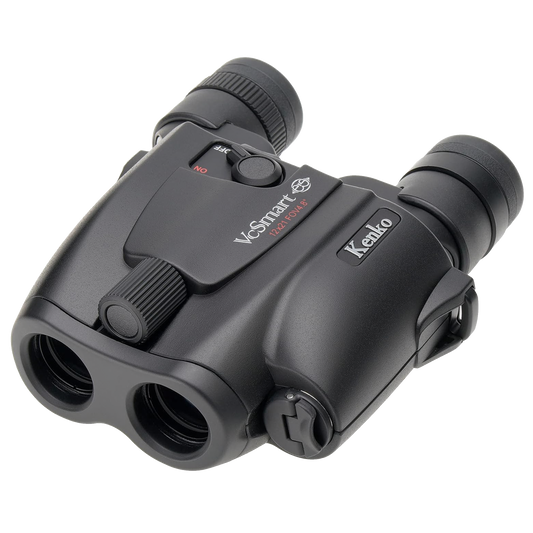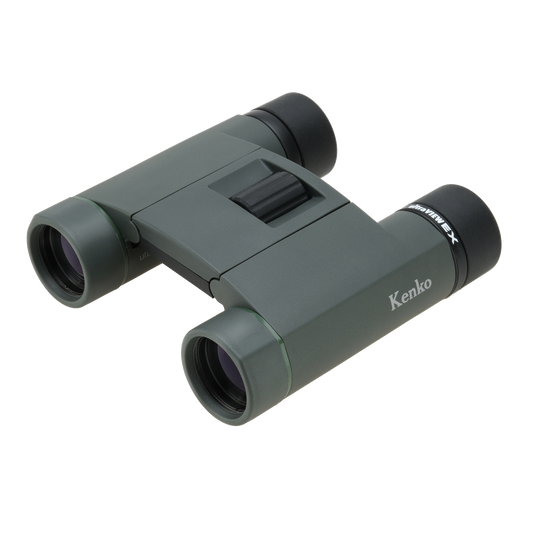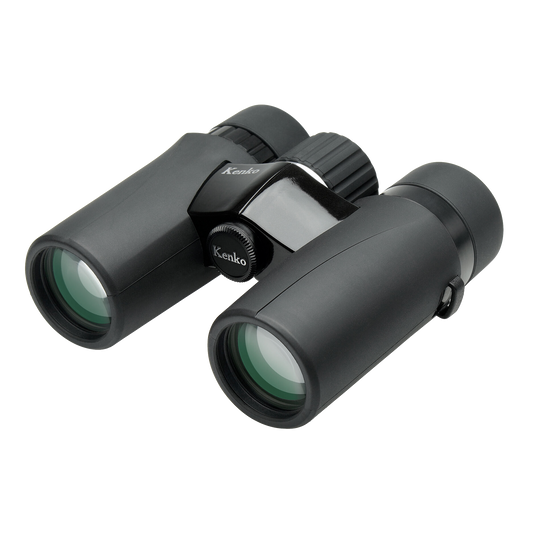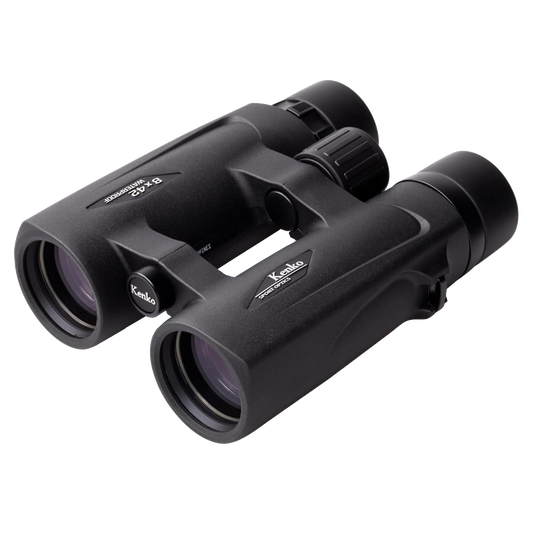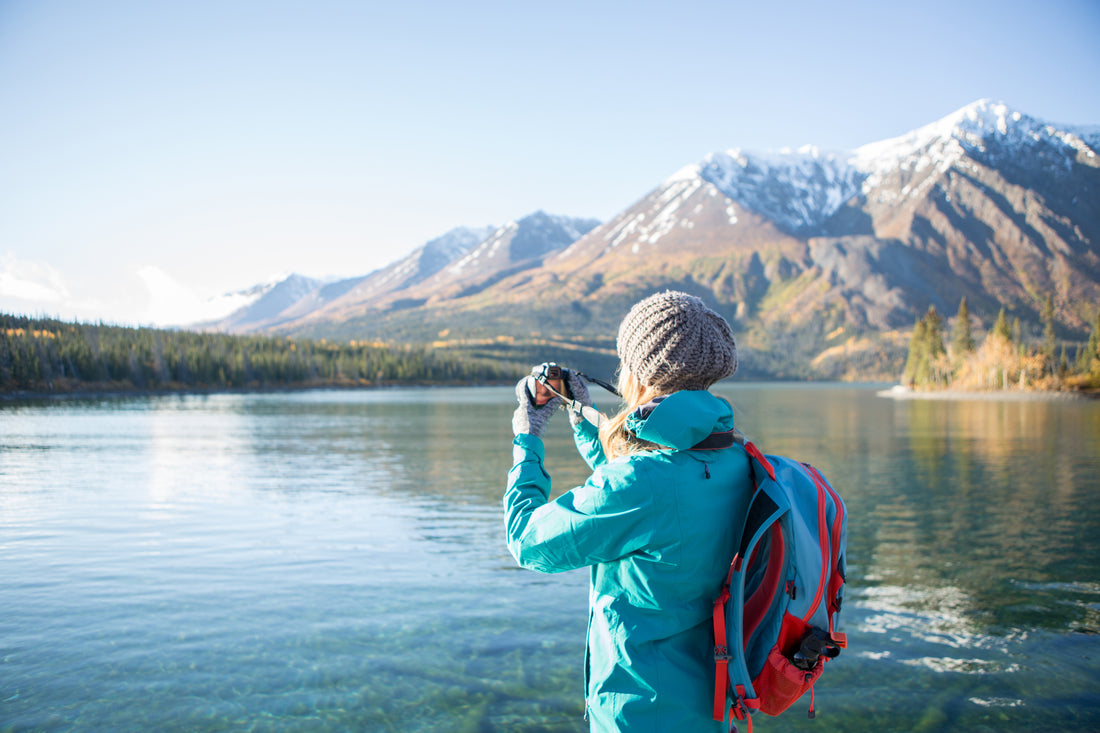
Must-Have Beginner Photography Gear

photo by swissmediavision via iStock
If you’re just getting started in photography, you might be suffering a bit from sticker shock…
Cameras, lenses, tripods, filters, camera straps, and other photography gear can be extremely expensive. In fact, pros can easily spend tens of thousands of dollars on gear.
Since most of us don’t have that kind of money laying around, here’s a short list of must-have beginner photography gear that won’t break the bank, but won’t sacrifice performance, either.
A High-Performance, Affordable Camera Strap

Believe it or not, there are camera straps out there that cost hundreds of dollars.
But when you’re a beginner photographer, you don’t need to spend that kind of cash to get a top-quality camera strap.
I’ve been testing the HiiGuy Camera Strap for a few months now, and my initial impressions - that this was a well-made, well-designed, and comfortable strap - still remain today.

I use this strap to carry around my big and heavy Nikon D850 with a 24-70 lens and an L-bracket attached, and I’ve never once felt like the HiiGuy Camera Strap wasn’t up to the task.
Upgrade your camera strap today for less than $30
The construction of the strap is top-notch, with upgraded metal components that ensure your camera stays attached. There’s even dual attachment points - the primary clip and a safety tether - that way if one should fail, there’s a backup in place.

This strap is comfortable too. Like I said, I use it to tote around my big full frame DSLR, and I don’t experience any shoulder or neck fatigue thanks to the big, padded shoulder pad.
The shoulder pad even has a grippy underside so I don’t have to constantly adjust the strap on my shoulder. It also features a handy zippered pocket that’s ideal for keeping a spare memory card.

This strap is highly adjustable, so as a big dude, it allows me to carry my camera exactly where I want on my body. My wife - who’s about a foot shorter than me - can do the same.
Best of all, this strap is less than $30, so you don’t have to break the bank to get a strap that’s comfortable, functional, and provides your camera with the security it needs.
Learn More:
Must-Have Beginner Photography Gear: An Easy-to-Use Photo Editor

When you're just starting out in photography, one of the things that can overwhelm you the most is trying to learn how to edit your photos.
Smartphone apps have made the process of editing a little easier, with pre-made filters and easy-to-use controls. The problem, of course, is that these apps often lack the power and tools that full-blown editors boast.
Now, though, there's a photo editor that combines powerful features with an intuitive UI and tools that are simple to understand and use, even if you're a brand-new photographer. That editor is Luminar 3.

There are several things that set Luminar apart from the competition.
First, there are dozens of "Looks" that add style to your images or correct common problems instantaneously.
Start making beautiful edits of your photos today.
You can adjust the amount of the Look by manipulating a slider (sliders are also used to adjust filters, as shown below), so you still have control over how the Look changes your image, but in a way that's super streamlined.
These Looks are a perfect starting point for your editing process, and as you hone your post-processing skills, you can even create and save your own Looks!

Another feature of Luminar that's of great benefit to beginner photographers is that you can make precise adjustments without making selections.
If you've ever watched a post-processing tutorial on YouTube, you know that making selections can be a very time-intensive task.
But with Luminar, there's no need to make selections when you use one of the image aware filters that are available to you.

For example, if you want to give the sky in a landscape image more pop, you can use the AI Sky Enhancer, which uses artificial intelligence to analyze the image, masks everything but the sky, and applies the effects of the filter to give the sky more color, contrast, and definition.
And, just like with the Looks discussed earlier, you can fine-tune how the AI Sky Enhancer is applied by adjusting a single slider (as shown above).
There are other image aware filters, too - one to enhance foliage, one to enhance details and sharpness, one to precisely adjust tonal contrast, and another to selectively enhance cool and warm tones in an image.
These filters can help you create gorgeously rich photos and without spending a ton of time doing so. It's a win-win!

I'd be remiss if I didn't mention the value that Luminar 3 brings to the table.
Where you have to pay a recurring fee to use other photo editors, Luminar is $69. That's a one-time fee for lifetime access.
When you have to pay for a camera, lenses, filters, a tripod, a camera bag, and other necessities, it's nice to be able to get a powerful, feature-rich photo editor without spending an arm and a leg.
Learn More:
A Budget-Friendly Zoom Lens

Photo by Sami Boudjelti on Unsplash
When you bought your first camera, chances are that it came with a modest zoom lens, likely something along the lines of an 18-55mm f/3.5-5.6.
And while kit zoom lenses have their merits as a beginner’s learning tool, they aren’t the best lenses in the world.
Get a better lens without breaking the bank
For sharper photos with less aberrations, consider upgrading to a better zoom lens.
Again, you don’t have to spend a mountain of money to get a lens that will perform better for you than your current kit zoom. In fact, there’s quite a selection of budget-friendly zoom lenses from which to choose.
In the video above, Art of the Image outlines three excellent zoom lenses for Canon crop sensor cameras that are worthy of consideration:
- Canon EF-S 10-18mm f/4.5-5.6 IS STM Lens (currently $279.00 brand-new)
- Canon EF-S 18-135mm f/3.5-5.6 IS STM Lens (currently $279.99 brand-new)
- Canon EF-S 55-250mm f/4.0-5.6 IS II Telephoto Zoom Lens (currently $131.95 brand-new)
The beauty of the lenses listed above is that they offer improved performance over a standard kit lens. For example, if you like to photograph landscapes, the EF-S 10-18mm lens allows you to capture more of the scene with its much shorter focal lengths.

Alternatively, the EF-S 18-135mm and EF-S 55-250mm lenses allow you to photograph all sorts of subjects due to their huge focal range.
In fact, with the 18-135mm option, you can photograph wide landscapes, intimate portraits, distant subject like wildlife, and just about anything in between.
Better still, even though these lenses are all budget-friendly brand-new, if you can find a used version, you can save even more money.

I have bought numerous pre-owned lenses on Lensfinder over the last few months, and it’s been a great experience every time. Same goes for selling old lenses I no longer need!
The beauty of Lensfinder is that it was built by photographers, for photographers, so you don’t have to deal with hunting through dozens of unrelated items like you do on eBay or worry about scams like you do on Craigslist.
Instead, you just enter your search terms, find what you need, buy and pay for it right on Lensfinder, and await your purchase to arrive. You can even communicate with the seller and leave feedback, and with fraud protections in place, you can have peace of mind too.What’s not to like about that?
Learn More:
If You Shoot Landscapes, You Need a Polarizing Filter

Having lens filters enables you to improve the quality of your photos in-camera, which means less time trying to fix things in post-processing and more time actually out shooting.
For beginner landscape photographers, one of the best filters you can invest in is a polarizing filter.
Polarizers offer a whole host of benefits:
- They reduce glare off non-metallic objects (like water), which reduces distractions and enhances your ability to create an eye-catching shot.
- Polarizers boost the contrast in the sky, making the blue color of the atmosphere deeper and more dramatic while enhancing the bright white of the clouds.
- These filters also reduce atmospheric haze, so distant landscape features appear more clearly in the shot.
In other words, a polarizer is a sort of one-stop shop for improving the quality of your landscape photos.
Find the right-sized polarizing filter for your camera lens
And while some polarizing filters are well over $100, Kenko Circular Polarizers are super budget-friendly.
Depending on the size of the filter you need, you’ll spend between $15.00 and $50.00 for a high-quality filter.

Kenko utilizes precision-polished Asahi Japanese optical glass in these filters, so you’re assured of crystal clear results.
The low-profile slim housing is a benefit too, as it help prevent vignetting, even when used with a wide-angle lens.

There’s a reason why these filters are the best-selling lens filters in Japan!
For quality and performance, Kenko is tough to beat at this price point, as are the other products reviewed above.
The moral of the story is that you don’t need to spend all your money on expensive gear to get better results. Give these budget-friendly items a try, and you’ll see what I mean!
Learn More:
Originally posted on PhotographyTalk.com

